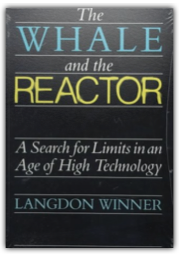
"The questions he poses about the relationship between technical change and political power are pressing ones that can no longer be ignored, and identifying them is perhaps the most a nascent 'philosophy of technology' can expect to achieve at the present time."—David Dickson, New York Times Book Review 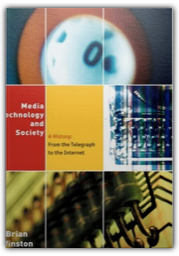
How are media born? How do they change? And how do they change us? 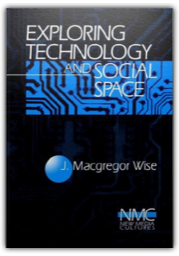
Examining the fundamental assumptions that we hold about the role of technology in our lives, Technology and Social Space describes the possibilities and limitations of human agency within the new wired world. In a patient and thoughtful style, author J. Macgregor Wise elaborates a critical, philosophical, and epistemological framework from which to better understand our relations to technology and social space. The book argues that most treatments of technology and society arise from a modernist episteme (or set of assumptions) that radically separates humans from technologies, focusing on questions of determination and identity. In an attempt to provide a clearer view of technology and social space, the book explores alternative perspectives centered on notions of agency. Working from within these alternative epistemes, the book turns its attention to the burgeoning technological assemblage of communication and information characterized by the Internet and cyberspace. Technology and Social Space draws on the philosophy of Deleuze and Guattari and the actor-network sociology of Bruno Latour, and brings together diverse examples from cyborg films, television, museums, cyberspace, and debates over a New World Information and Communication Order. Ultimately, the book describes the possibilities and limitation of human agency within the new wired world. This groundbreaking volume will be of interest to professionals and academics in popular culture, media studies, mass communication, and sociology. 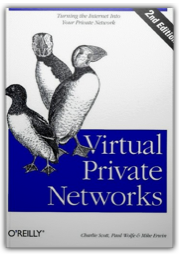
Historically, only large companies could afford secure networks, which they created from expensive leased lines. Smaller folks had to make do with the relatively untrusted Internet. Nowadays, even large companies have to go outside their private nets, because so many people telecommute or log in while they're on the road. How do you provide a low-cost, secure electronic network for your organization? The solution is a virtual private network: a collection of technologies that creates secure connections or "tunnels" over regular Internet lines—connections that can be easily used by anybody logging in from anywhere. A number of products now exist to help you develop that solution. This book tells you how to plan and build a VPN. It starts with general concerns like costs, configuration, and how a VPN fits in with other networking technologies like firewalls. It continues with detailed descriptions of how to install and use VPN technologies that are available for Windows NT and Unix, such as PPTP and L2TP, Altavista Tunnel, Cisco PIX, and the secure shell (SSH). New features in the second edition include SSH, which is a popular VPN solution for Unix systems, and an expanded description of the IPSec standard, for which several vendors have announced support. Topics include: How the VPN compares to other available networking technologiesIntroduction to encryption, firewalls, the IPSec standard, and other technologies that let VPNs workPoint to Point Tunneling Protocol (PPTP) and L2TPThe Altavista TunnelThe Cisco PIX FirewallSecure Shell (SSH)Maintenance and troubleshooting |
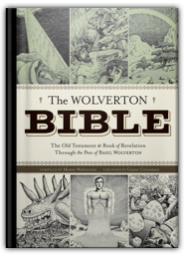
The legendary ugly artist of Mad finds God! Cartoonist Basil Wolverton was known for his grotesque drawings in Mad magazine. He was commissioned and later employed by a church to write and illustrate a narrative of the Old Testament. Compiled and edited by Wolverton's son, Monte, the 304-page Bible Stories includes all of Wolverton's artwork for the Worldwide Church of God corporation. Recording artist and noted EC authority Grant Geissman (Tales of Terror: The E.C. Companion and Foul Play!: The Art and Artists of the Notorious 1950s E.C. Comics!) provides an insightful foreword, while Monte Wolverton delivers commentary and background in the introduction and in each section. This volume is authorized and commissioned by the Worldwide Church of God and endorsed by the Wolverton family. Many of the illustrations in this book are regarded as Basil Wolverton's finest work. Still others have never been published. 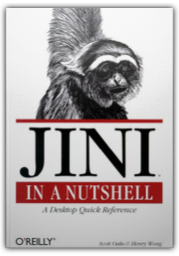
Written for the experienced developer who wants to understand what's next in Java programming, Jini in a Nutshellis an concise and excellent source of information on the latest Jini specification from Sun. Part tutorial and part reference, it's a great way to get a handle on the potential of Jini. 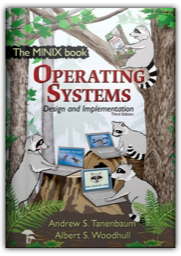
Most books on operating systems deal with theory while ignoring practice. While the usual principles are covered in detail, the book describes a small, but real UNIX-like operating system: MINIX. The book demonstrates how it works while illustrating the principles behind it. Operating Systems: Design and Implementation Second Editionprovides the MINIX source code. The relevant selections of the MINIX code are described in detail. When it first came out, MINIX caused something of a revolution. Within weeks, it had its own newsgroup on USENET, with 40,000 people. Most wanted to make MINIX bigger and fancier. Instead, Linux was created. That has become quite popular, very large, and complicated. MINIX, on the other hand, has remained small and suitable for instruction and example. The book has been revised to include updates in MINIX, which started out as a v 7 unix clone for a floppy-disk only 8088. It is now aimed at 386, 486, and pentium machines and is based on the international posix standard instead of on v7. There are now also versions of MINIX for the Macintosh and SPARC available. Professional programmers will find this book to be a valuable resource and reference book. 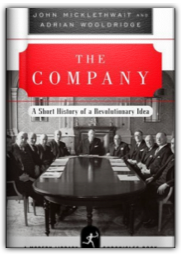
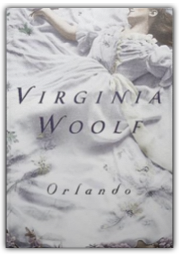
In 1928, way before everyone else was talking about gender-bending and way, way before the terrific movie with Tilda Swinton, Virginia Woolf wrote her comic masterpiece, a fantastic, fanciful love letter disguised as a biography, to Vita Sackville-West. Orlando enters the book as an Elizabethan nobleman and leaves the book three centuries and one change of gender later as a liberated woman of the 1920s. Along the way this most rambunctious of Woolf's characters engages in sword fights, trades barbs with 18th century wits, has a baby, and drives a car. This is a deliriously written, breathless-making book and a classic both of lesbian literature and the Western canon. 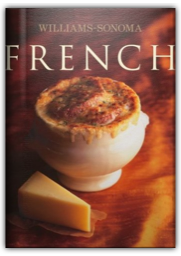
Hearty bistro fare such as crisp pommes frites paired with a sizzling pepper-coated steak. Rustic country dishes, including coq au vin and fragrant seafood stew. Decadent desserts such as crème brûlée and cherry clafoutis. These are the simple recipes that capture the essence of French cuisine. |

My Library
Collection Total:
1165 Items
1165 Items
Last Updated:
Sep 9, 2009
Sep 9, 2009


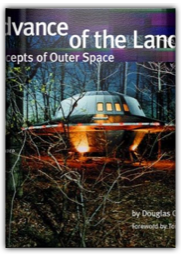
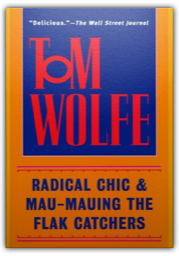
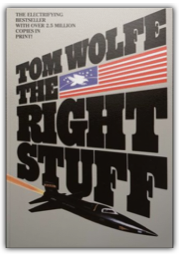
 Made with Delicious Library
Made with Delicious Library